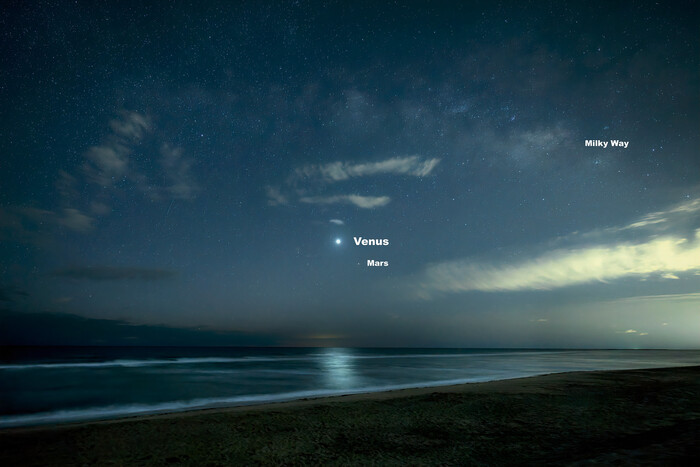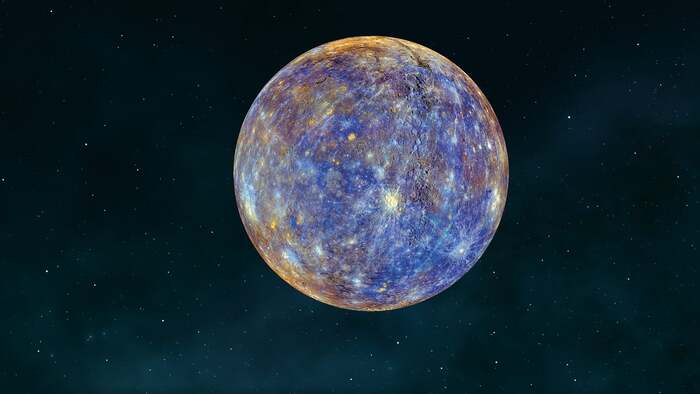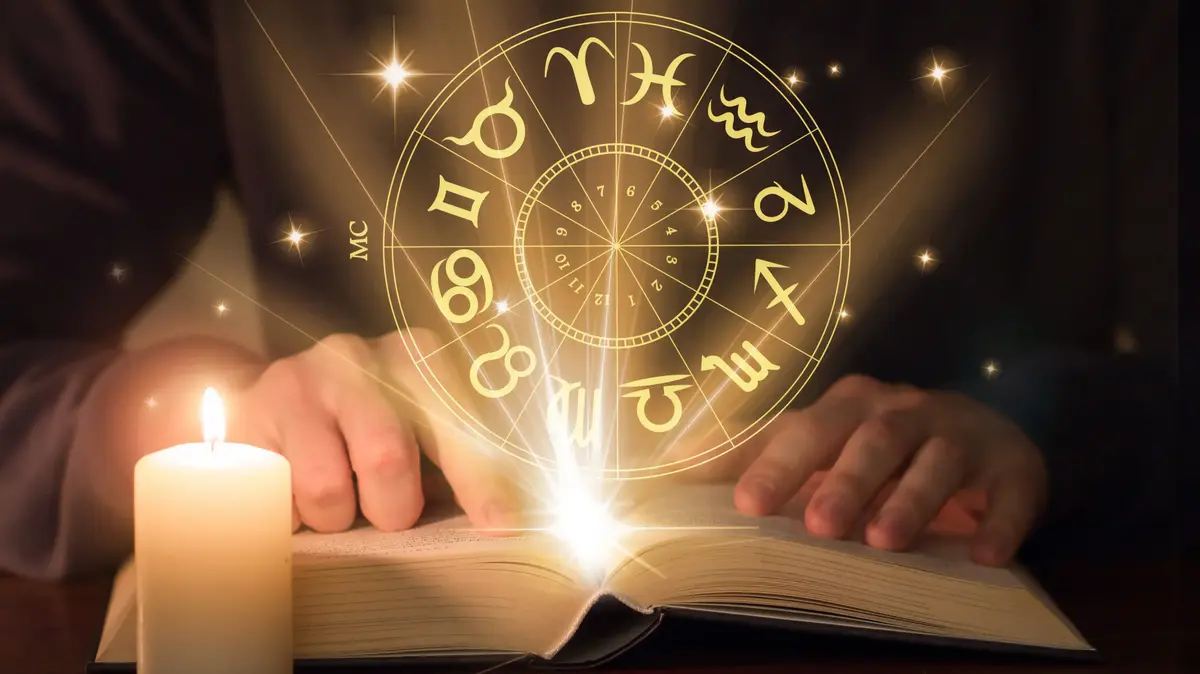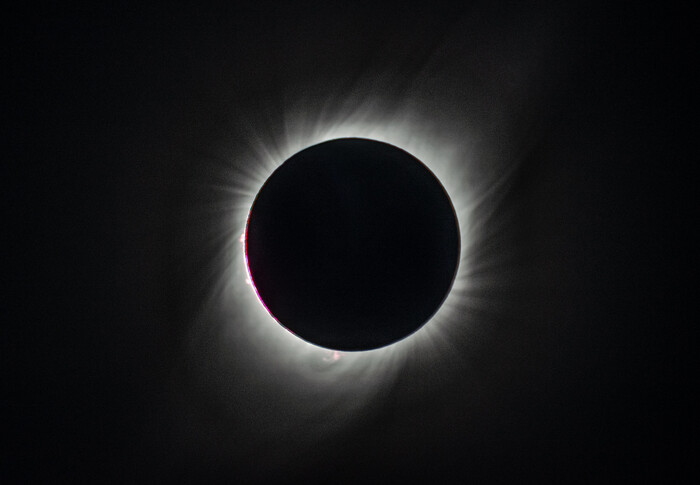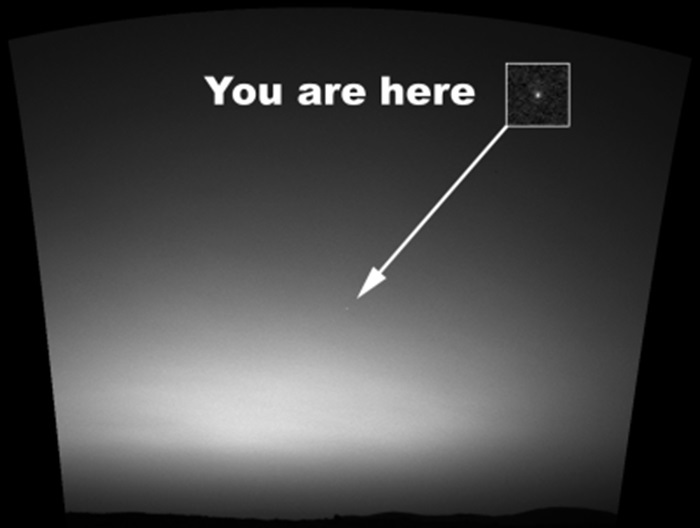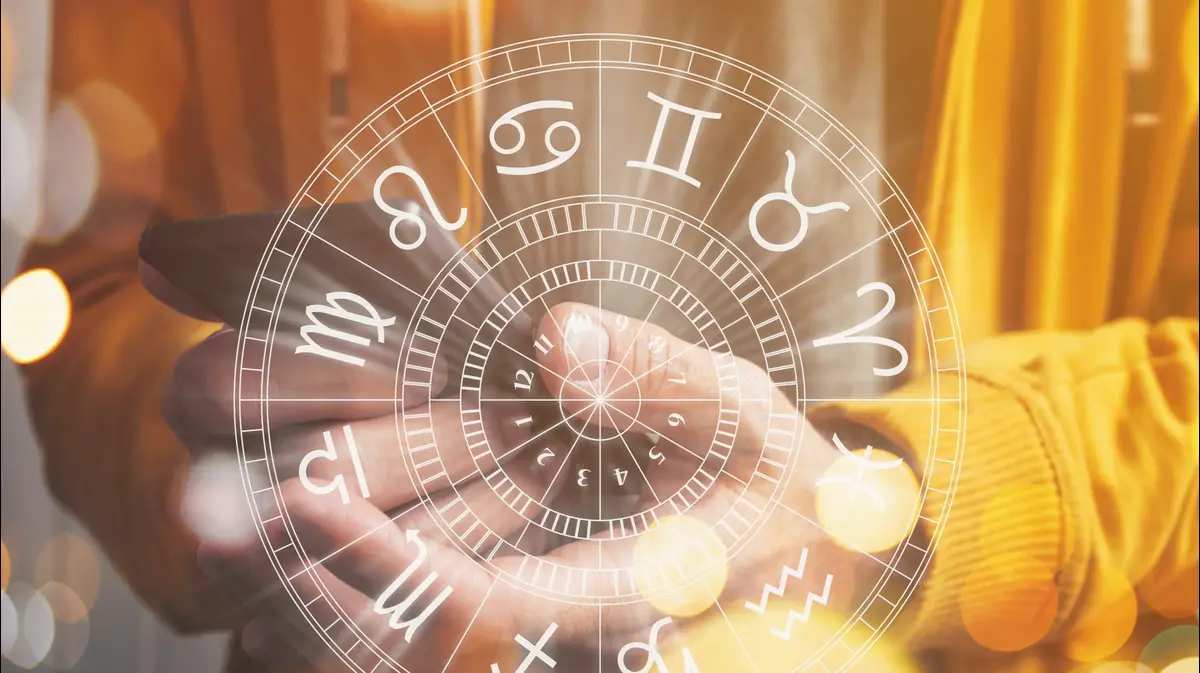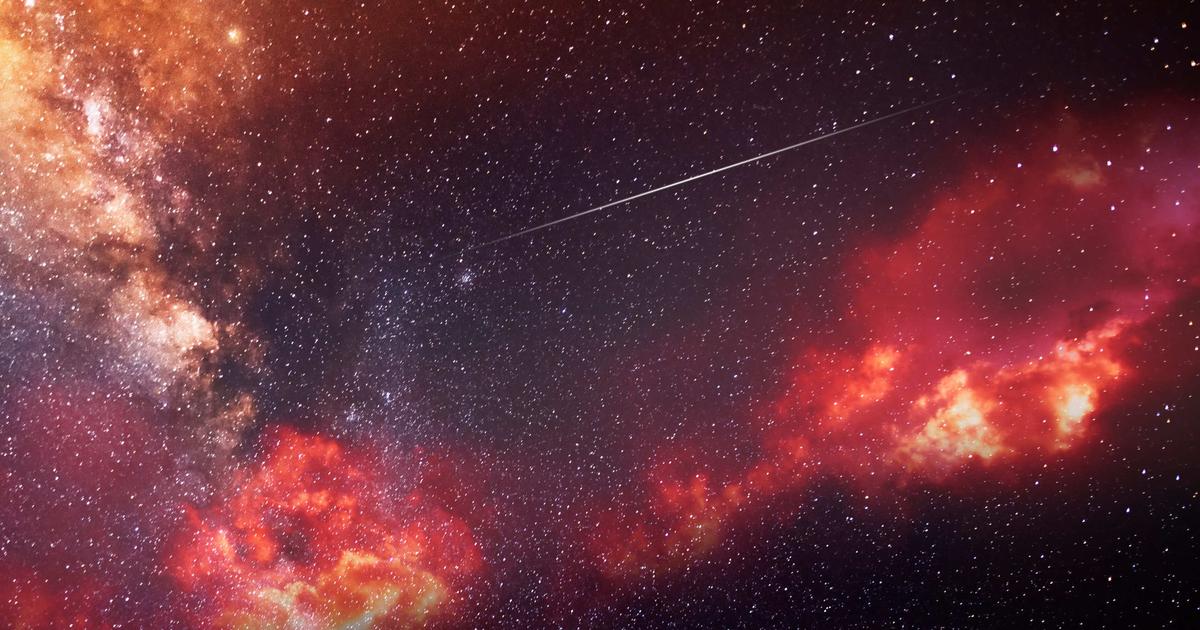The June sky will see a curious chase among the stars: Mars, which moves from the constellation of Cancer to that of Leo, will be followed a short distance from Venus, which increasingly anticipates the time of its sunset compared to the Sun. But this month will also welcome the longest day of the year, as observed by the Union of Italian Amateur Astronomers: the summer solstice falls on June 21, exactly at 16.58 Italian time.
That day we will have 15 hours and 15 minutes of light: the Sun will rise at 5.36 am and set at 20.51 pm, officially kicking off the boreal summer and austral winter. The most interesting events of the month concern several conjunctions observable in the early hours of the night, starring the Moon, Mars, Venus and the star cluster M 44, also known as the 'Nativity Cluster'. On June 2, for example, Mars will pass right in front of the cluster and will therefore seem to be at the center of this group of stars.
The Nativity scene will again be the protagonist on the night of June 13, but this time it will be Venus to make the close encounter. Finally, do not miss, on the evening of June 22, the procession of stars that will be visible in the western sky: the crescent Moon will be in the constellation of Leo, followed by Mars and Venus and also by the star cluster M 44, which however will be visible only with the help of binoculars or a small telescope.
Summer constellations dominate the night sky. In the late evening it will be possible to admire, on the horizon to the South-East, that of Scorpio, where we find the bright Antares, a red supergiant star, while to the West we can observe in succession the slow setting of the great constellations of Leo and Virgo. High in the sky we find the two brightest stars of the season: the westernmost is Arcturus, in the constellation of Bootes, and the other is Vega, in that of Lyra, which together with Deneb of the Swan and Altair of the Eagle forms the so-called 'summer triangle'.

